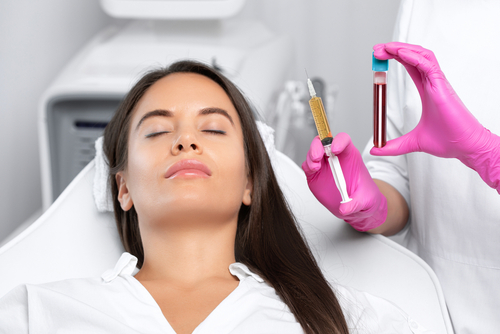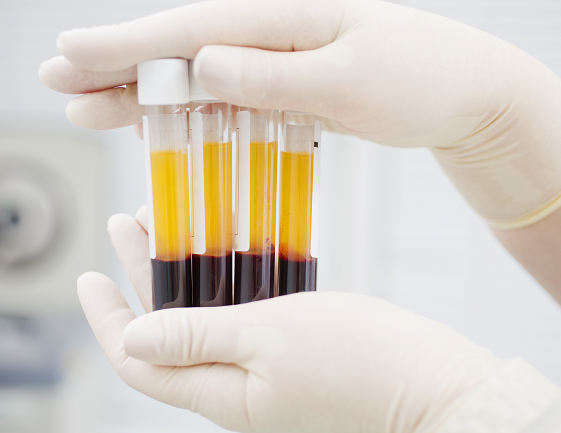PRP Treatment Specialist
in Texas


PRP Treatment
Thanks to regenerative medicine techniques, like PRP treatments, it’s possible to relieve pain and inflammation using your body’s own growth factors. At Trident Pain Management, pain management specialist Naumit Bhandari, MD, and the team use minimally invasive PRP treatments to relieve pain and encourage the body’s natural healing process.
To make an appointment at the practice in San Antonio, Shavano Park, Texas, call the office today or request a visit online.
Frequently Asked Questions
About PRP Treatment
What are PRP treatments?
Platelet-rich plasma, or PRP, is a type of regenerative medicine.
Your blood is a liquid, but it also contains solids, including red blood cells, white blood cells, and platelets. Platelets help your blood clot, but they also contain special factors that support cell growth.
By isolating the platelet-rich plasma (PRP) from the rest of your blood and injecting it into an injured or diseased joint, it’s possible to stimulate the growth of new, healthy cells while relieving pain and inflammation.
What issues can benefit from PRP treatments?
The team at Trident Pain Management offers several types of nerve blocks, including:
- Tendon injuries
- Sports injuries (sprains, strains, and tears)
- Postsurgical complications (ligaments and tendons that fail to heal)
- Joint pain
- You might also benefit from PRP treatments if you’re living with osteoarthritis. Osteoarthritis, or wear-and-tear arthritis, causes the cartilage that pads your joints to break down and wear away.
What does PRP treatment involve?
At Trident Pain Management, the team conducts PRP treatments on-site.
Before recommending PRP injections, your provider conducts a physical exam, reviews your health history, and asks about your symptoms. Usually, the team recommends conservative, at-home treatments like ice, rest, or activity modifications first. But if your symptoms fail to improve or worsen, you’re likely a candidate for PRP.
First, your provider draws a sample of your blood and places it into a centrifuge. A centrifuge is a special machine that separates your platelet-rich plasma from the rest of your blood. Once that process is complete, your provider transfers the PRP solution to an injectable syringe.
Your provider administers a number of PRP injections into a diseased or damaged joint or area of soft tissue. Once the PRP enters your body, it increases circulation to the area, encouraging your body’s natural healing process.
Are PRP treatments safe?
PRP treatments are safe and usually well-tolerated. Because the solution is derived from your own body, there’s little risk of infection or an allergic reaction. Following treatment, you might experience some mild bruising or swelling at the injection site, but that should subside within a day or two.
When will I experience results from PRP treatment?
PRP is a cumulative treatment, meaning your results improve over time. Some people experience significant relief after their initial appointment, but it may take several weeks or months to fully experience the benefits.
To see if you qualify for PRP treatments, book an appointment at Trident Pain Management. Click the online scheduler, or call the office today.
